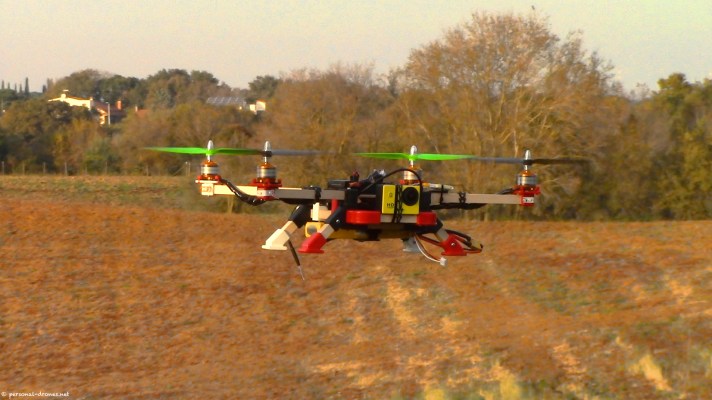You’ve probably heard that the FAA proposed its rules for commercial drones last weekend. There’s some good and some bad in those rules. The good thing is that drone startups finally know what kind of rules they will operate under once they are codified in the next year or so. The bad: many of the most interesting use cases for drones, including drone delivery, will be unfeasible under these rules.
The FAA rules are pretty lenient in that you only need to pass a knowledge test, register your drone and stay under 500 feet. The proposed fees are pretty reasonable, too. But — and this is the deal breaker for many — your drone can only fly within your line of sight (or that of an observer). Now you may think: what if I set up cameras and keep an eye on the drone that way? Well, that isn’t going to work either, because the FAA clearly states you (or your observer) have to be able to see the drone with your own eyes — not even binoculars are allowed. This means you can inspect an antenna tower with your drone, but there’s no way Amazon or Google can fly a delivery drone this way.
Now the good thing is, as the FAA clarified later in the week, drones can to fly autonomously and that alone opens up lots of use cases in crop monitoring, surveying and other areas.
The reaction from the drone industry to these new rules has been pretty positive overall. But not everybody agrees, of course. Amazon’s vice president of Global Public Policy Paul Misener told us last week that he believes that “the FAA needs to begin and expeditiously complete the formal process to address the needs of our business, and ultimately our customers.” Otherwise, he noted, Amazon is “prepared to deploy where we have the regulatory support we need.”
One thing to remember is that the FAA is clearly aware that the line-of-sight rule isn’t ideal for many potential drone use cases. The agency argues that the safety concerns it has currently outweigh the benefits. Still, the FAA noted that these rules could change over time, especially as obstacle avoidance technology becomes more dependable.
So for now, the FAA’s rules finally provide the industry with the certainty it needs to move forward. It’s not ideal, but it’s significantly better than many expected — just don’t expect a TacoCopter to deliver your favorite burrito to you anytime within the next few years.
